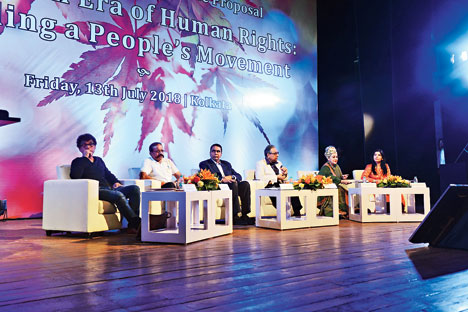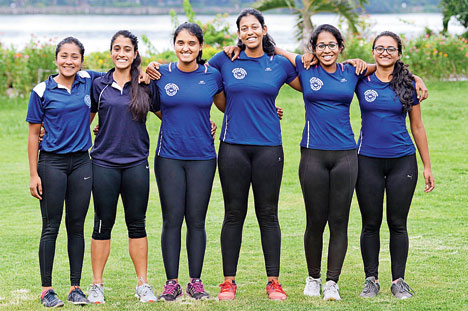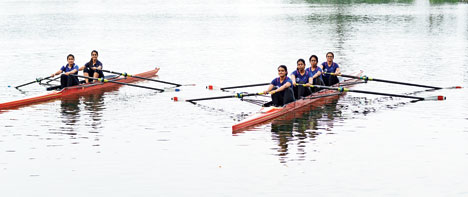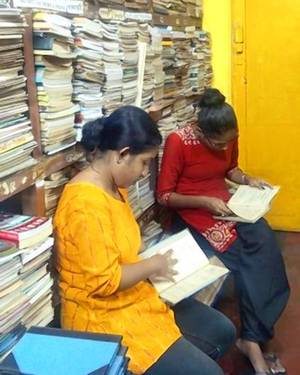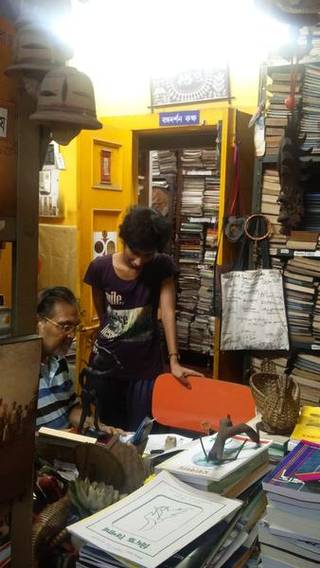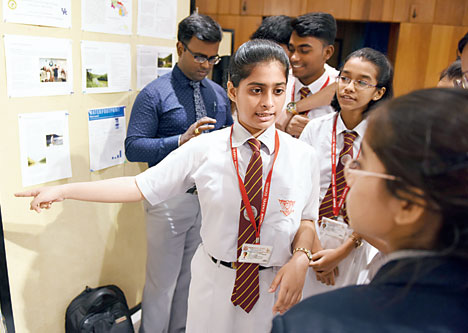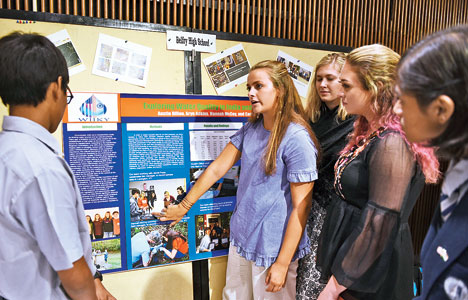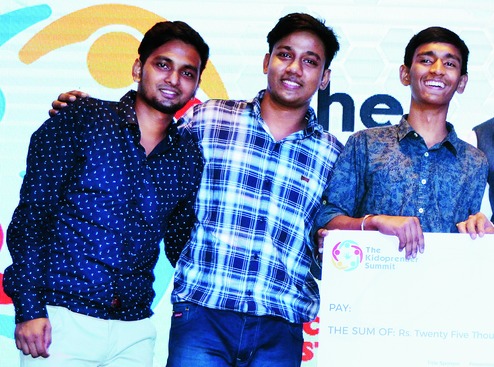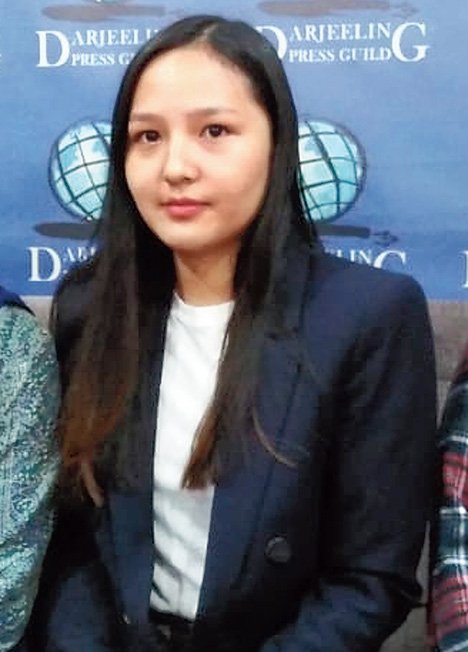
Darjeeling:
Swareena Gurung, a-21-year-old student from Darjeeling, has bagged a Rs 34 lakh scholarship from Bengal government to pursue a post-graduate course at University of London.
Gurung, who completed her graduation from Miranda House in Delhi in literature, had applied at the School of Oriental and African Studies (SOAS) at the University of London and at the University of Oxford.
“My first preference was SOAS and I am also happy that I got a sponsorship of 36,526 pounds, which roughly translates to around Rs 34 lakh for MA South Asian Area Studies programme under the Bishwa Bangla Masters Scholarship,” said Gurung.
The one-year master degree course is specific to south Asia. The student, who completed her ICSE from St Helen’s School, Kurseong, and did her Plus Two at Loreto Convent, Darjeeling, had also got a seat at University of Oxford.
“Two students from Bengal get this scholarship every year. Bengal government has a tie-up with the SOAS but it is the university that selects the candidate for scholarship,” said Gurung.
The scholarship includes college fees to the tune of 18,980 pounds while the rest will be paid as maintenance expenses in three equal instalments.
Gurung’s major module would be culture. “We have to select a major module and I have selected culture, under which I will be studying politics and culture of contemporary south Asia,” said Gurung.
The student will be joining classes on September 24.
Asked about her plans, Gurung said: “I have kept my options open – either going for further academics or staring my career in journalism.”
Sudeep Gurung, the girl’s father, said: “We would like to thank the chief minister of West Bengal Mamta Banerjee and her government for introducing a scholarship through which students can pursue higher studies overseas.”
Sudeep is a businessman.
source: http://www.telegraphindia.com / The Telegraph,Calcutta,India / Home> West Bengal / by Vivek Chhetri / September 11th, 2018

